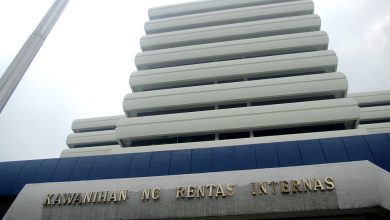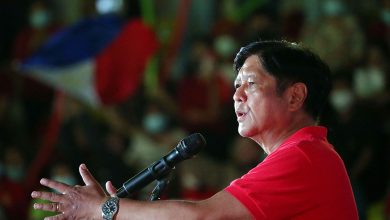Hands off and hands on

THE HANDS-ON LEADER is supposed to inspire confidence and serve as the model for the rest of the organization. This workaholic chief may state in a media interview on his lifestyle and bucket lists that his favorite place on earth is not Paris or Bora. It’s his corporate office with its Bloomberg screens for trading activities around the world and access to his direct (and indirect) reports, wherever they are.
Is it necessary for the chief to work long hours to prove his fitness to serve? Don’t long hours imply the need to get into the nitty gritty and figure out where the fire exit is? Does the plunge into details make the CEO lose perspective?
Micromanagement, or the undue obsession with connecting all the dots, needs to be examined in terms of its effects on subordinates. Maybe they feel mistrusted, that they will not get things done without the boss breathing down their necks. Delegation of authority is part of effective management practice.
What’s wrong with being hands off?
There are hidden advantages for a chief executive who is not caught in a flurry of activities and trying to be everywhere, present in every event he is invited to. Shorter working hours force the setting of priorities and the proper allocation of the scarce attention span. Besides he needs to free up schedules for those who want to see him too.
When available hours for ceremonial appearances are cut back, demand needs to be more thoroughly screened. Lessening speaking engagements reduces the opportunities for not just ambush interviews but the equally hard to fend off petitions from assigned seat mates.
These soliciting encounters must be avoided. They provide the occasion of sin for blatant appeals for favors resulting in the erosion of line authority. (Sir, I have this catering service that can handle office parties, but your watchdogs are refusing me entry to see you.) Gatekeepers are at risk for obstruction of favor-seekers — is that villain still at his desk?
Micromanagers do not find any detail unworthy of attention and follow-up. The only solution for the line manager is to “slow walk” impromptu instructions from the top. This dangerous form of disobedience works only with chiefs who are forgetful or have the early onset of dementia. They forget to follow up.
Even more impressive for those who see micromanagers as heroes is the flurry of long meetings, and always being late for them. It’s a little bit like speed dating or simultaneous chess matches — move a pawn and then bang on the stop clock and hurry to the next board.
The principle of need-to-know or its corollary of need-to-consult makes fewer meetings with fewer people possible. Does the chief call town hall meetings when smaller and shorter meetings will do? While somebody is presenting his litany of woes or trumpeting his little triumphs (we have installed a fogging machine in the lobby) the others are getting set for their turn and reviewing their own charts.
Long hours of attending meetings, showing up at events, reviewing reports to put one’s marginal notes (more study needed) can earn the leader the accolade of being a hardworking and hands-on manager. One must properly allocate the value only the chief executive can add when scheduling his attendance.
For the nation’s leader, it is the symbolic might of his office which defines what is critical to the country, maybe pushing through an unpopular but needed policy or going against entrenched political interests, like removing tax incentives, or simply paying his taxes.
Does a visit to a disaster area really fluster the local executives and distract them from their rehabilitation work by attending to visiting dignitaries? Or is it a way of showing the concern of a leader?
The optics of the chief’s presence are critical. Showing up at events like disasters from natural calamities or the declaration of a corporate default shows who’s in charge. And this must be done at the time of the crisis, not long afterwards.
Still the best use of hands (off or on) is the middle way, where the chief understands enough details without losing his sense of priorities. By wisely allocating his time, the chief does not devalue his presence or absence in big or small meetings, including one-on-ones with no media present.
The chief should dive into both the forest and the trees and understand that sometimes… some twigs need pruning.
Tony Samson is chairman and CEO of TOUCH xda




